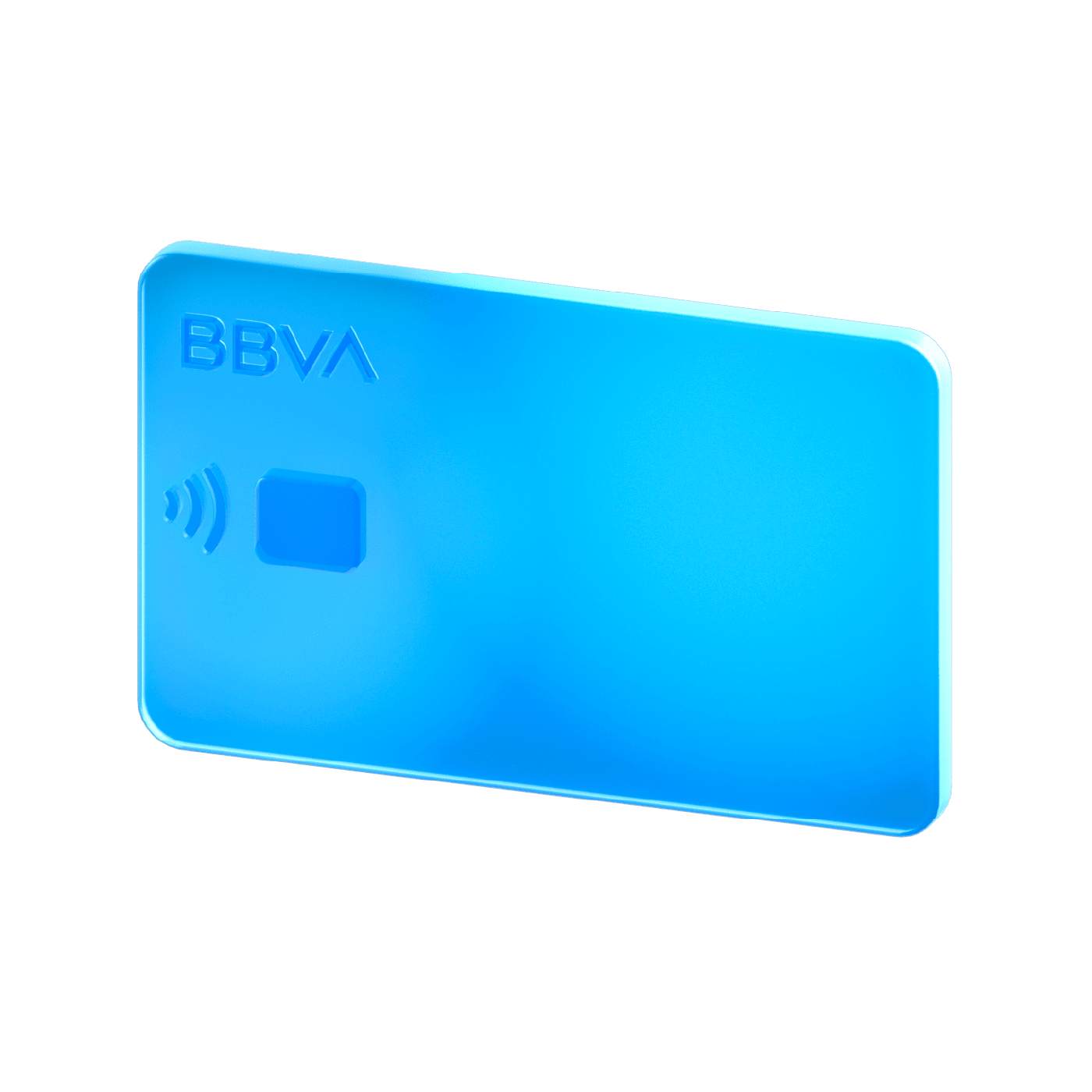Phishing is one of the most common and most dangerous scams on the Internet. Criminals use deceptively real emails or messages to try to get a hold of your personal data – often without you noticing. The good news is that if you know what to look out for, you can protect yourself well.
In this article, you'll learn how phishing works, how to recognize suspicious messages, and what to do if you've been affected.
How does phishing work?
Their aim is to tempt you into reacting quickly – without you questioning the authenticity of the message. If you click on the link, you will end up at a fake website that looks deceptively similar to the real one. If you enter your data there, it will go straight to the scammers.
How do you recognize phishing?
Even though phishing messages often look professional, there are common warning signs:
- The message is impersonal or contains inaccurate information.
- The tone is urgent or threatening – you are expected to act immediately.
- The language looks choppy, contains spelling mistakes or sounds like it was translated by a machine.
- You receive messages from companies that you have no contact with.
- The The sender address looks suspicious or differs slightly from the official domain.
- The included link does not lead to the organization's real website.
Tip: Hover over the link without clicking on it – this way you can see where it really leads to.
Where did the scammers get your email address?
Cybercriminals use different methods to collect email addresses: through data leaks or publicly accessible sources, or through purchasing address lists in the dark web. Sometimes addresses are also generated automatically by combining names and common email providers.
The scammers often do not know whether you are actually a customer of the company in question. They rely on probability – and unfortunately, they are often right.
Your security comes first
How do you protect yourself against phishing?
Even though spam filters detect many phishing emails, some still make it into your inbox. For this reason, you should:
- Verify the sender: Make sure the email address belongs to the official domain. For BBVA, for example, only @bbva.de and @email.bbva.de meet this criterion.
- Be careful about the link: It should start with “https://” and lead to the real website.
- Do not download any attachments if the source is unfamiliar to you.
- Do not under any circumstances provide your personal data or passwords if you are asked to do so via text message or email.
- Do not act rashly – take your time while reviewing the message.
- Contact the company directly. This can involve using the App or calling a known phone number.
- Mark suspicious emails as spam so that your provider can protect other users.
- Report the incident to your bank so that fraudulent sites can quickly be blocked.
What to do if you have been the victim of a phishing attack?
If you've fallen victim to a phishing message, then every minute counts. Here's the best way to proceed:
- Inform your bank immediately. Most banks have special emergency channels. They help you protect your accounts and limit damage.
- Change all affected passwords, especially those for email, online banking and social networks.
- Run a full virus scan, especially if you have opened attachments or installed programs. Remove suspicious files immediately.
The quicker you react, the better you can limit the damage and protect your data.
Summary
Phishing attacks are sophisticated, but not unstoppable. Those who remain alert, inspect suspicious messages and avoid carelessly sharing sensitive data can protect themselves effectively. And if you do fall for the trap, taking quick action is crucial for preventing greater damage.
With the right knowledge and a little caution, your digital security will remain in your hands.



